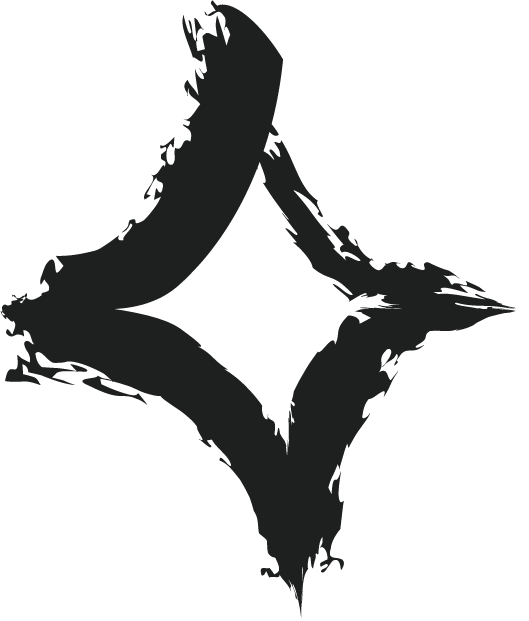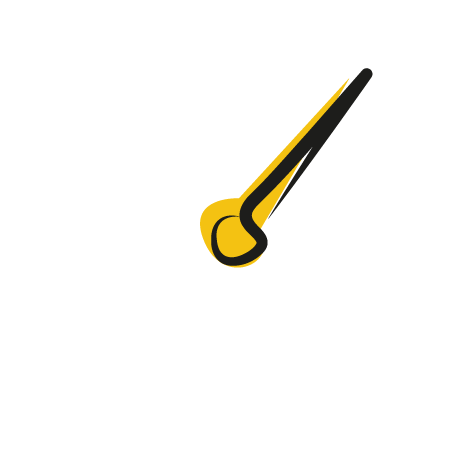Shalaka Laxman
We all have different names for what we do – portfolio professional, multi-hyphenate, side hustler, freelancer, solopreneur. What these labels have in common is that they represent an ability to grow and learn across multiple fields, but they don’t necessarily convey everything that you offer.
If you’re like me, you probably do a dozen different things. So how do you effectively explain your work when what you do is hard to sum up in a single word or phrase?
Juggling a varied range of projects has always felt normal to me, perhaps because I prefer to constantly learn new things rather than specialise in one particular area.
My desire to explore and pursue different passions was fostered from a very young age. In high school, I focused on academia, student government, choir, dance and press club. During university, I pursued a range of eclectic extracurriculars, from a cappella to my college’s business fraternity. That diversity of interest was important, and my school (like most) encouraged me to explore all the different threads that piqued my interest.
So why does that mentality tend to fade away when it comes to our careers?
Most people grow up believing they have to pick one career and stick with it until they retire. That concept always terrified me. That’s why I was drawn to the idea of a rotational graduate programme straight after university.
What that meant was that my company let us test out a new role every six months – sort of a ‘try before you buy’ model that allowed us to pick where we wanted to end up full time after experimenting with a few different positions.

It was the perfect corporate compromise for me at the time (back when I still believed a full-time role was the right path for me – a notion I quickly left behind). But when people asked me, ‘what do you do?’ I kept it simple and said I worked in banking. It always felt easier to give a generic answer instead of going into the details of all the different roles I was juggling.
For portfolio professionals, the question can be even more challenging
In a world where we’re encouraged to keep things short, snappy and efficient, it’s hard to capture everything you do in a sentence – especially when you don’t do just one thing. As I picked up more interests outside my job, it felt funny to call them hobbies. They were more than that and I had bigger plans for them. From my newsletter to my homeware and art business, I knew that these were becoming mini careers that I wanted to explore in more detail.
Yet when people asked me that anxiety-inducing question, I found myself instantly clamming up and sticking with the one job explanation. Sometimes I’d expand slightly to add a bit of colour to my work, saying ‘I work in corporate banking AND develop sustainable financial products’.
But I wouldn’t add the full truth – I’m also a writer and an artist. I felt a mix of insecurity and nervousness that wouldn’t allow me to announce my creative projects to the world. They were too vulnerable for public consumption and debate.









Learning to speak confidently about my varied portfolio career was definitely a process. Luckily, The Portfolio Collective community introduced me to a group of people that I could discuss my projects with. I started attending their monthly networking events and was able to practise responses to all variations of the question and learn from other people’s introductions.
Through those experiences, I identified some handy tips and tactics for facing the dreaded what-do-you-do question. Hopefully these can help you do the same. Who knows, you may even start enjoying telling people what you do!
1. Do a brain dump
If you don’t know how to explain your work, write down everything you do (and I mean everything), or as Emma Gannon says, all your hyphens.
In my case, I wrote down:
Financial product manager, sustainable finance subject matter expert, newsletter creator, sustainability writer, content writer, artist and homeware designer.
This brain dump exercise helped me to understand the many worlds I juggle, no matter how unrelated they seemed at the time.
Once you have everything down on paper (if you’re old school like me), think about what ties it all together and what you enjoy about all your offerings. I realised that I loved creating new things more than anything else, whether they were physical products or written articles. Through that, I pinpointed the underlying themes in my career were creating and sustainability. That made it easier for me to explain my various projects succinctly.
2. Craft an elevator pitch
Imagine you only have 30 to 60 seconds to sum up what you do (roughly the time it takes to ride an elevator) – that’s the theory behind the elevator pitch. Often used as a way to build better networking skills, this tactic is a helpful tool for framing your work in a structured and purpose-driven fashion.
Your elevator pitch should effectively:
- Provide an overview of what you do / are working on
- Emphasise what makes your offerings unique
Here’s an example of my introductory pitch (which is constantly evolving!):
I’m currently working on a few different projects and love creating new things. I develop sustainable financial products for large companies and write articles and newsletters to further share this expertise. The rest of my week is spent running my conscious art and home decor business and managing ad-hoc freelance projects centred around sustainability.
TPC events have been an excellent place for me to test out different versions of the statement above. It helps to have an audience that understands and supports portfolio careers, so I’d recommend trying out your different responses at the next community networking event.
If you’re not quite ready to share your elevator pitch in live time, try using it as your bio on your LinkedIn or TPC profile.





3. Find something relatable or tell an anecdote
When you’re trying to explain a new concept to people, it’s always helpful to relate it to something your audience finds familiar.
I often use the following example to explain my work in sustainable finance:
Let’s assume you have a couple bank accounts you use to manage most of your finances. Now imagine you’re a multi-million-pound company with thousands of bank accounts in many different currencies. I help these companies find sustainable ways to optimise their cash and invest in the best projects to help our planet. The additional writing I do on sustainable finance helps individuals understand these concepts as well.
There are many ways to make your career more relatable by breaking it down into simple steps. Try out a few different anecdotes or examples with friends and family and see which stories resonate best. You’ll be surprised to learn how quickly your audience responds when you tell your story with them in mind.
4. Showcase which problems you help solve
It’s human nature to automatically be interested in something when we think it benefits us. When you describe what you do, try to lead with the benefits you’re providing your clients.
Here are a couple examples of how I try to lead with solutions:
- I help people brighten up their homes with handmade and sustainable local homeware.
- I make it easy for companies to translate their complex sustainability efforts into easily digestible thought leadership.
You don’t have to be saving the planet to be helping people; every little bit we do in our careers supports someone, and it’s worth recognising and highlighting this to your audience.
It’s all about having the confidence to share your passions
The average person spends roughly 80,000 hours working throughout their career. Whether you’re a traditional careerist or a portfolio professional, it’s essential to articulate what you do during these hours, especially when you’re passionate and excited about your varied workload.

So the next time someone asks you what you do, I hope you’ll look forward to sharing your unique story. If you’re already working on your elevator pitch, feel free to share it in the comment section – and I hope to see you at the next TPC event!
Think this sounds like the right path for you? Come along to our monthly Community Welcome Call for new members to find out what a portfolio career could look like and how The Portfolio Collective can help you take those first steps towards professional success – and don’t forget to connect with our community!




